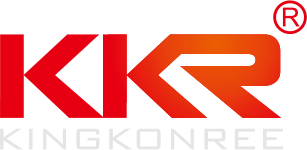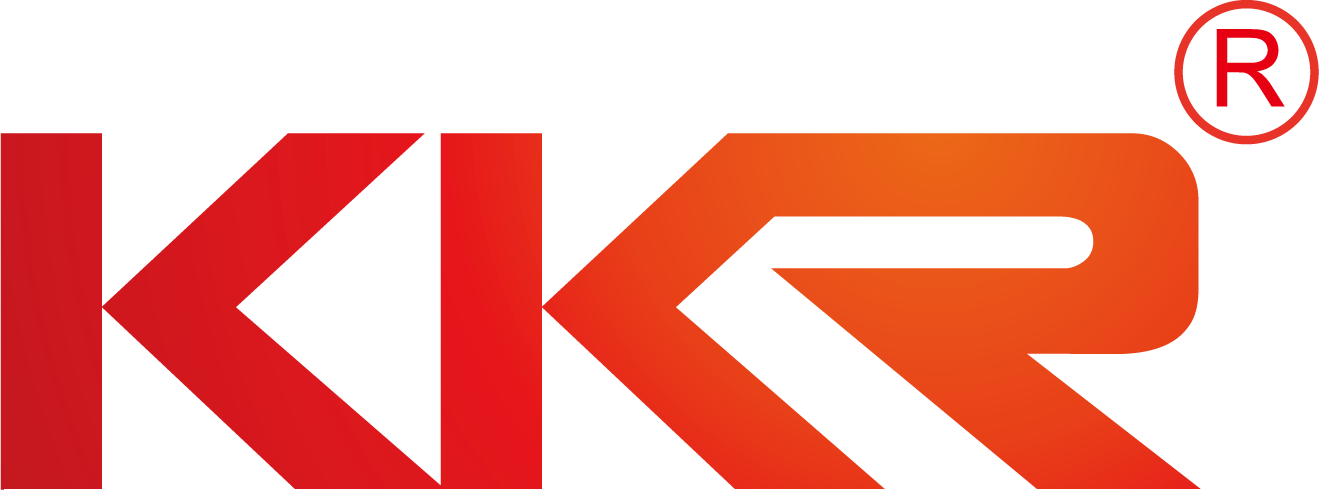 KingKonree - Solid Surface Manufacturer of Sanitary Ware, Solid Surface Countertops & Sheets for over 25 years, innovation in moulding and thermoforming
KingKonree - Solid Surface Manufacturer of Sanitary Ware, Solid Surface Countertops & Sheets for over 25 years, innovation in moulding and thermoforming
The increasing problems associated with ammonia1
Total ammonia and un-ionized ammonia concentrations are measured on the amount of nitrogen present in ammonia. Total ammonia is expressed as 'NH 3 (N)-T' while un-ionized or free ammonia as 'NH 3 (N)'. The high concentration of ammonia is poisonous to aquatic organisms and, when inhaled or consumed, it can cause death to humans and other animals.
With the advancement in technology, there have been various biological and chemical wastewater treatments meant to address the problems with ammonia in wastewater. Here are some treatments used for ammonia removal in wastewater:
Lagoon Systems
Lagoon systems are low-priced and much easier to operate than mechanical wastewater treatment systems. Its components use little concrete and built through excavation. However, the effluent quality can become substandard because it is hard to control the wastewater's temperature, return rate, and oxygen level inside the system.
Membrane Bioreactor (MBR)
The membrane bioreactor or MBR is another breakthrough in wastewater treatment technology. It has three essential components the anoxic basin, the pre-aeration basins, and the MBR basin. First, the raw wastewater is poured into a fine screen for filtration, before placing it inside the anoxic basin. In the anoxic basin, the mixed liquor gushes into the pre-aeration basins until it reach the MBR basins. The fluids will pass through the membranes of the MBR basins, wherein the membrane that pushes the effluent for disinfection is connected. The effluent must be sent first to the disinfection stage to ensure the quality of wastewater prior to release. The membranes lessen the repeat clarification process, making wastewater treatment more practical and convenient.
The MBR treatment process is known for its high effluent quality. Unlike other treatments, MBR treatment does not need additional filtration or clarification because the membranes are designed to clear the impurities in wastewater, and removes the total nitrogen from wastewater. The MBR machine is also less cumbersome and fits to small areas compared to other wastewater treatment machines. However, since this treatment is more advanced and complex, the costs involved is much higher compared to other wastewater systems. The must be enough capital for the construction and maintenance of the machine's parts or membranes.
Fixed Film
BOD removal and biological nitrification can be achieved using fixed film treatment. This technique utilize s some microorganisms to treat the wastewater. It uses a trickling filter/activated sludge treatment process wherein a plastic media contains microorganisms, which will grow inside a tower where the wastewater is placed for treatment. It is then followed by activated sludge process.The trickling filters/activated sludge treatment process harness the best quality of wastewater. Trickling filters are more energy efficient and reduce the production of low quality effluent. The disadvantages of fixed film treatment include high solid retention and foul odour.

